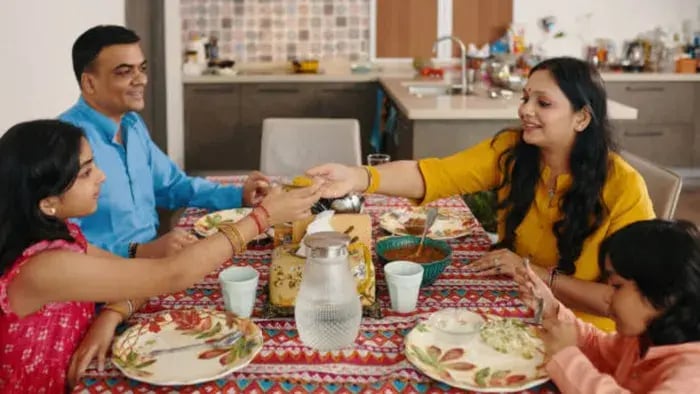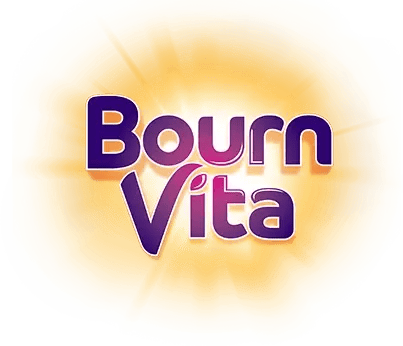- Family Meals as Learning Time
- School Activities That Make Food Fun
- Gardening and Growing Food
- Cooking Together
- Storytelling Through Food
- Role Models Who Practice Healthy Eating
- Consistency and Small Steps
Introduction

Healthy eating is about the choices that will stick with kids and adults for years to come. Nutrition education is the foundation for those habits, so families can understand the value of balance, variety, and moderation in daily food. By learning how nutrients fuel growth, protect health, and improve focus, kids are more likely to carry forward patterns that keep them strong and energised for life.
For kids, nutrition education goes beyond just fruits and veggies. It teaches them how food relates to energy for play, concentration in school, and resilience against illness. Teenagers with higher physical and mental demands benefit from understanding how proteins, vitamins, and minerals support their rapid growth and emotional wellbeing. Adults benefit from this knowledge too by learning to make thoughtful food choices that support long-term health and prevent lifestyle diseases.
Schools, families, and communities play a big role in making nutrition education practical. From cooking simple meals at home to classroom lessons and community programs, small steps create a culture where food is seen as nourishment, not just routine. By building those habits early and reinforcing them consistently, nutrition becomes a lifelong companion to wellbeing.
7 Simple but Effective Ways to Teach Nutrition

Healthy habits are not formed overnight; they are built slowly through guidance, awareness, and practice. Nutrition education helps children, teens, and even adults connect food with well-being, energy, and growth. It shows how the meals eaten every day are choices that shape health for years to come. From understanding why breakfast matters to recognizing the value of fresh fruits and vegetables, nutrition education plants the seeds of lifelong wellness.
Nutrition becomes meaningful when it is taught in ways that are relatable and easy to apply. Instead of rules, children and families need experiences, conversations, and examples that bring food and health together. Here are seven ways nutrition education can help build habits that last a lifetime.
Family Meals as Learning Time
Sharing meals at home gives children the chance to observe, ask questions, and learn about balanced food choices. When you talk about what is on the plate, like why vegetables are colorful or how protein helps muscles, you turn ordinary dinners into lessons of health. Regular family meals also build a culture of mindful eating and reduce dependence on processed snacks.
School Activities That Make Food Fun
From nutrition-themed projects to cooking demonstrations, schools can make learning about food interactive. Activities like identifying seasonal fruits, building a food chart, or organizing healthy recipe contests encourage curiosity and teamwork. These experiences help children view healthy eating as exciting rather than restrictive, giving them practical tools to apply outside the classroom.
Gardening and Growing Food
A small kitchen garden or school gardening program connects children directly with the source of their meals. When kids plant seeds, water them, and finally eat the vegetables they grew, they understand freshness and nutrition in a personal way. Gardening also encourages them to prefer natural foods over packaged options, shaping habits of mindful eating.
Cooking Together
Inviting children and teens into the kitchen builds practical knowledge about ingredients, portions, and methods of preparation. They learn that healthy meals can be quick, tasty, and affordable. Making a fruit salad, kneading dough, or helping with dal preparation shows how food fuels their day. These experiences boost confidence while teaching lifelong skills.
Storytelling Through Food
Explaining food through stories, like how spinach helps make muscles strong or how carrots brighten eyesight, captures attention better than facts alone. Food storytelling connects science with imagination, making it easier for children to remember why certain foods are important. It also encourages curiosity, so they begin asking questions about what they eat.
Role Models Who Practice Healthy Eating
Parents, teachers, and community leaders influence children’s choices by example. When adults eat balanced meals, avoid skipping breakfast, and enjoy fresh fruits, kids naturally follow. Positive role models create a culture where healthy choices are normalized, making it easier for children to adopt them without resistance.
Consistency and Small Steps
Nutrition education works best when it focuses on small, repeatable actions. Packing a fruit for school every day, adding one extra serving of vegetables at dinner, or drinking enough water builds consistency. Over time, these habits turn into natural routines that children carry into adulthood. It’s the repetition, not strict rules, that makes them stick.
Conclusion

Nutrition education is about creating experiences and practices that guide healthier choices. Family meals, schools, gardens, kitchens, stories, role models, and consistent small steps all play a part in shaping habits that last a lifetime. By giving children and teens both knowledge and experiences, you equip them to choose food that fuels growth, supports energy, and protects long-term health. In the end, these simple yet powerful lessons turn everyday meals into lifelong wellness.
Her love for storytelling began with reading her grandfather’s speeches, where Tarishi saw the power of words in creating lasting memories. Combining her passions for food and writing, she has turned her life into a fulfilling path of sharing stories that celebrate flavours and how food brings communities together.
The views expressed are that of the expert alone.
The information provided in this content is for informational purposes only and should not be considered a substitute for professional medical advice, diagnosis, or treatment. Always seek the advice of your physician or another qualified healthcare provider before making any significant changes to your diet, exercise, or medication routines. This is a sponsored article.
















